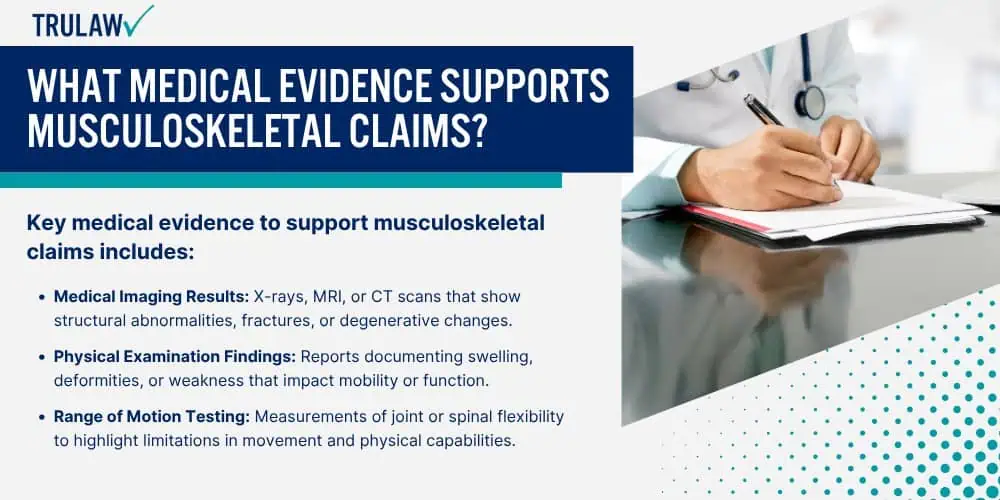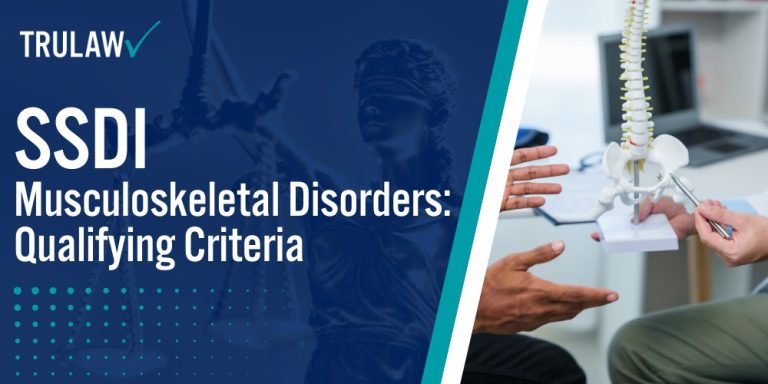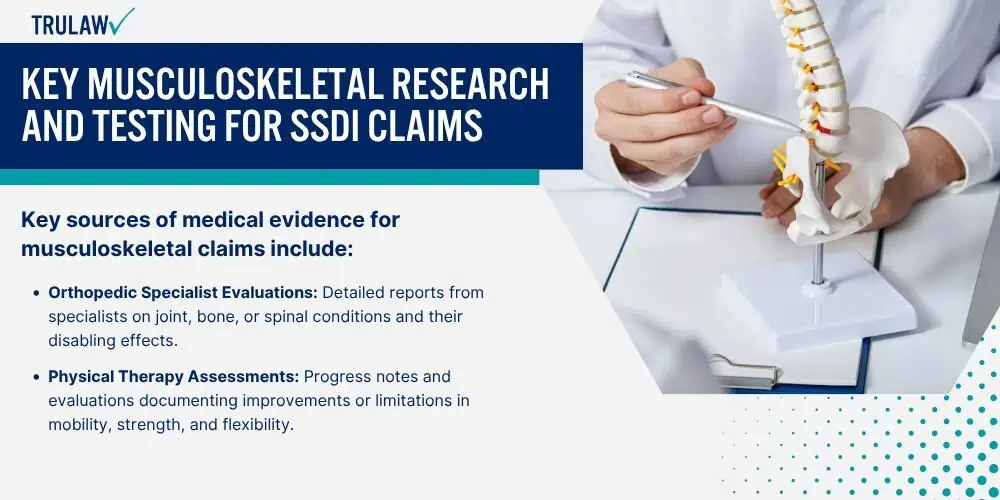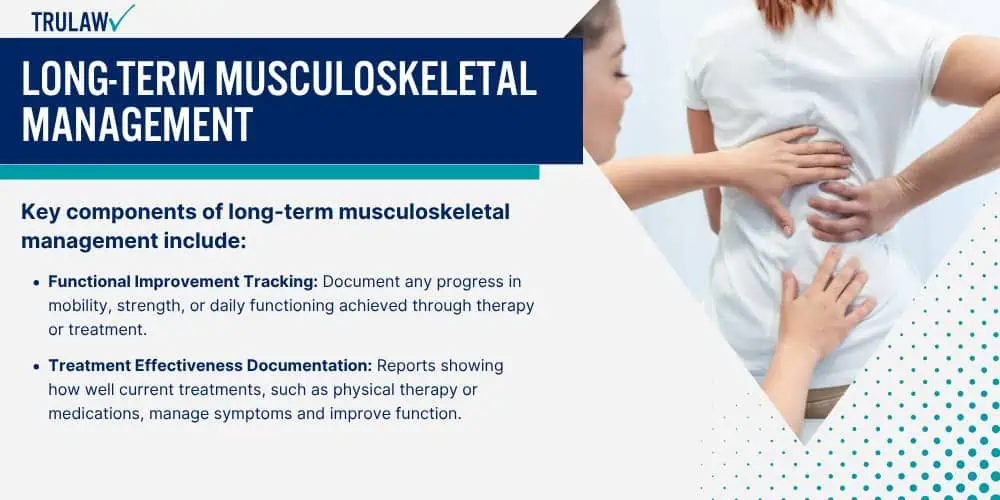Qualifying for Social Security Disability Insurance (SSDI) due to a musculoskeletal disorder requires thorough medical evidence that demonstrates the severity and functional impact of the condition.
The Social Security Administration (SSA) evaluates claims by reviewing diagnostic imaging, clinical findings, and reports detailing the limitations caused by the disorder.

Musculoskeletal disorders can include conditions such as arthritis, spinal injuries, or fractures that result in significant impairments in mobility, strength, or physical function.
Properly documented medical evidence is essential for establishing the condition’s disabling effects and proving eligibility for SSDI benefits.
Imaging and Clinical Requirements
Medical imaging and clinical evaluations are critical components in demonstrating the severity of musculoskeletal conditions.
These diagnostic tools provide objective evidence that supports a claim and helps the SSA determine whether the condition meets its criteria for disability.
Key medical evidence to support musculoskeletal claims includes:
- Medical Imaging Results: X-rays, MRI, or CT scans that show structural abnormalities, fractures, or degenerative changes.
- Physical Examination Findings: Reports documenting swelling, deformities, or weakness that impact mobility or function.
- Range of Motion Testing: Measurements of joint or spinal flexibility to highlight limitations in movement and physical capabilities.
- Functional Test Results: Evaluations of grip strength, gait abnormalities, or balance issues that demonstrate physical impairments.
- Surgical Records: Documentation of past or planned surgeries and their expected or actual outcomes.
These forms of evidence provide a comprehensive view of the condition’s physical impact, which is essential for establishing a strong SSDI claim.
To ensure success, claimants should work with their healthcare providers to gather detailed and accurate medical documentation, as incomplete or inconsistent records can weaken their case.






